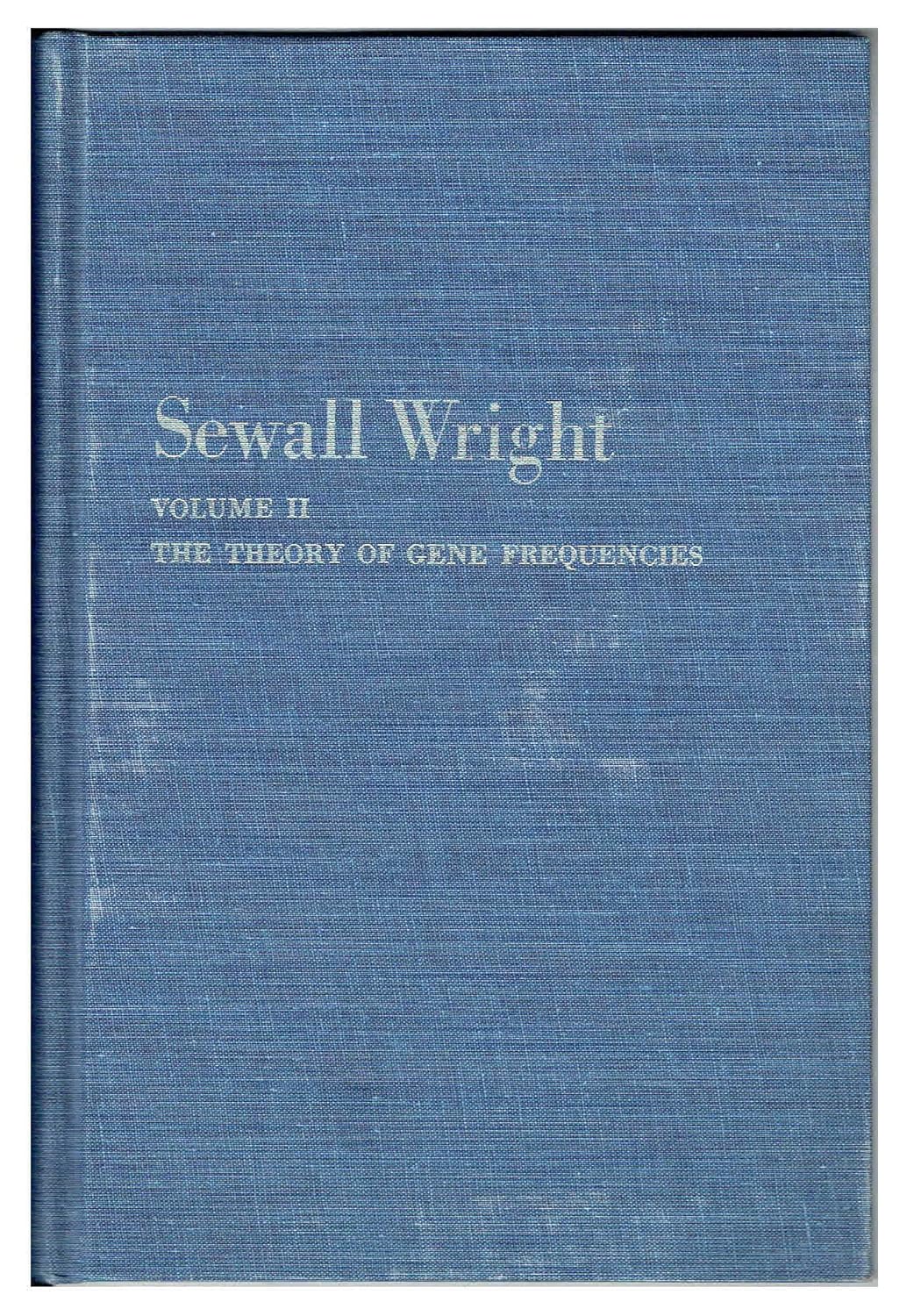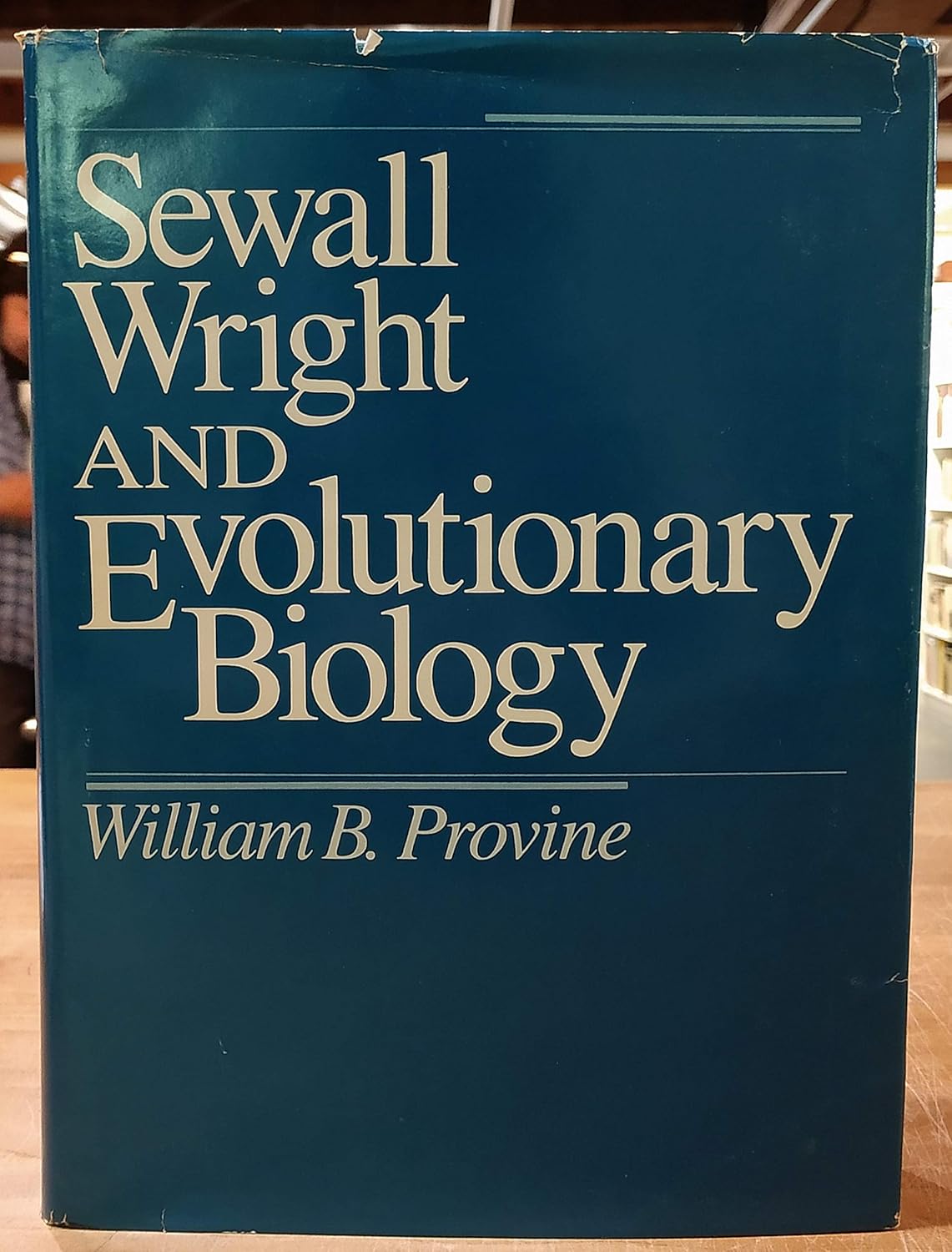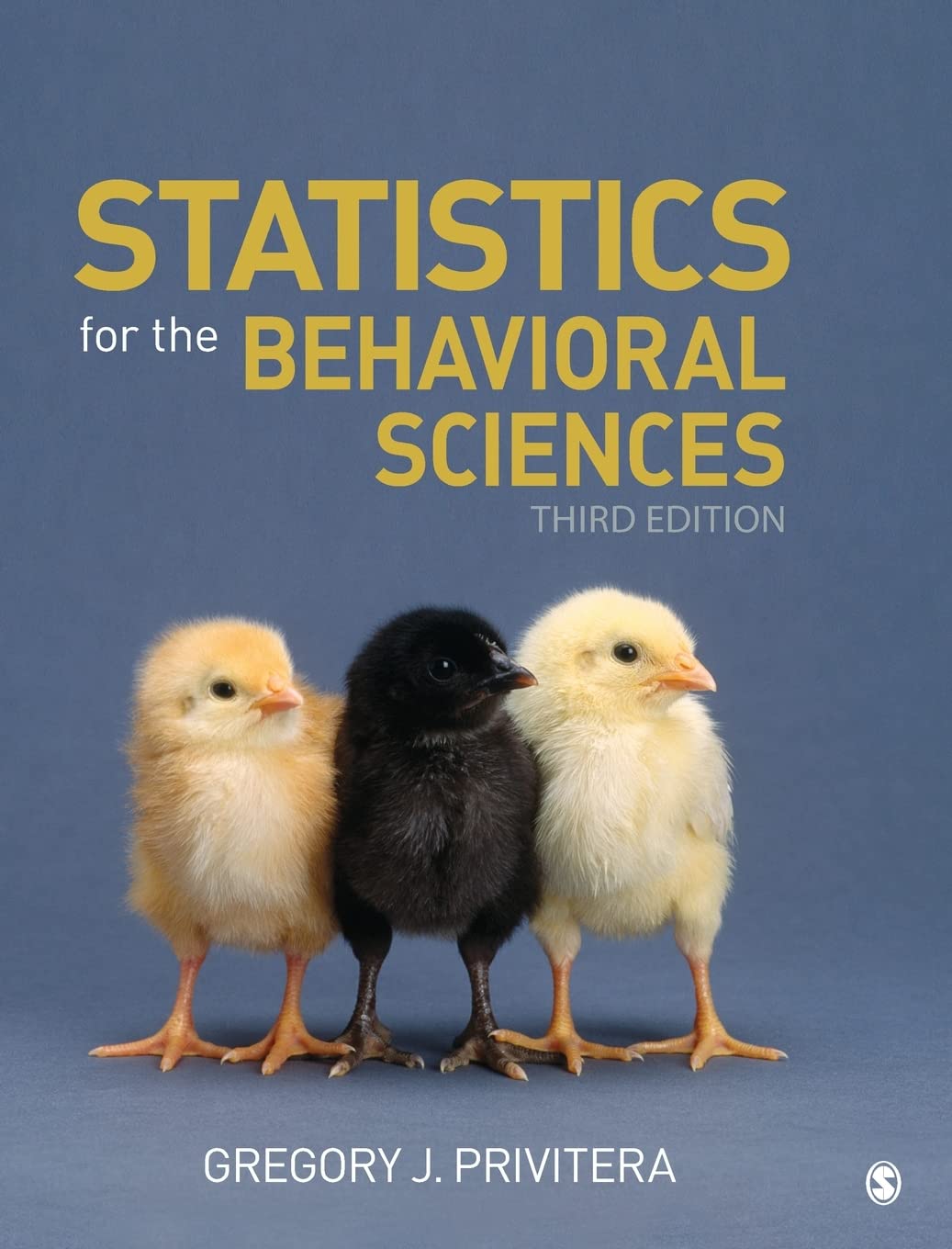Sewall Green Wright was a renowned American geneticist born on December 21, 1889, and passed away on March 3, 1988. He played a crucial role in shaping our understanding of evolutionary theory and also made significant contributions to path analysis. Alongside his colleagues Ronald Fisher and J. B. S. Haldane, Wright founded the field of population genetics, which laid the groundwork for the modern synthesis that merged genetics with evolution. By studying pedigree animals, Wright discovered a key concept in genetic research – the inbreeding coefficient – and developed methods to calculate it. He later expanded this work to populations, figuring out how inbreeding occurs when individuals within populations drift randomly due to genetic changes. Working alongside Fisher, Wright pioneered techniques for estimating gene frequencies among populations as a result of various factors like natural selection, mutations, migrations, and random genetic shifts.

Sewall Wright was born in Melrose, Massachusetts, to parents who were also first cousins. This unusual family connection would later play a role in his work on genetics and inbreeding. Three years after his birth, when Sewall was just three years old, his family moved to Galesburg, Illinois, because his father took a teaching job at Lombard College – a special school for Universalists.
When Wright was just a kid, he helped his dad and brother create and distribute an early book of poems written by his dad’s student Carl Sandburg. At the age of seven in 1897, Wright wrote and published his very first writing project, called Wonders of Nature. By 1988, when Wright last published a paper, he held the record for having the longest career as a science writer ever. The fact that Wright was so mature at such a young age is shown by an excerpt from his obituary: Have you ever looked closely at a chicken’s stomach? A chicken’s stomach has a red interior with blue at the top. There are two layers on the outside, one being very thick and another white and fluffy. The two layers are tightly packed together. You probably already know that chickens eat sand. Next to these two outer layers are rough and bumpy ones. These layers hold the sand in place as it grinds food. One night when we had guests over, my Aunt Polly cut open a chicken’s stomach, and inside we found lots of grain and corn.

Wright was the oldest of three exceptional brothers, who also included renowned aeronautical engineer Theodore Paul Wright and accomplished political scientist Quincy Wright. From a young age, Wright had an incredible passion for mathematics and biology. At Galesburg High School, he earned his diploma in 1906 and then attended Lombard College to study mathematics under the guidance of his father. His experience was greatly influenced by Professor Wilhelmine Key, who was one of the first women to receive a Ph.D. in biology.
Wright’s academic journey took him to Harvard University, where he pursued a doctorate and worked at the Bussey Institute with Dr. William Ernest Castle, a pioneer in mammalian genetics. They studied the inheritance of coat colors in mammals together. Wright later joined the U.S. Department of Agriculture until 1925, when he moved to the University of Chicago’s Department of Zoology, where he spent the next 30 years before retiring in 1955 and moving to the University of Wisconsin–Madison.
Throughout his illustrious career, Wright received numerous awards for his outstanding contributions, including the National Medal of Science (1966), the Balzan Prize (1984), and the Darwin Medal from the Royal Society (1980). He was also a member of several prestigious organizations, such as the National Academy of Sciences, the American Philosophical Society, and the American Academy of Arts and Sciences. In 1941, Wright was honored with the Josiah Willards Gibbs lecturer title by the American Mathematical Society for his work on genetics. Additionally, he received the Daniel Giraud Elliot Medal from the National Academy of Sciences in 1945 for his groundbreaking research on evolutionary processes.

He passed away in Madison, Wisconsin, on March 3, 1988.
The Family Wright was united with Louise Lane Williams in marriage in 1921. Together, they raised three kids: Richard, Robert, and Elizabeth.
George Washington Carver was admired by many for his views on religion, but his opinions were not widely known during his lifetime.
Scientists have made significant discoveries in understanding how populations evolve over time. By visualizing the relationship between different traits and fitness levels, researchers can see how genetic changes affect a population’s overall health. Imagine a landscape where each point represents an organism’s characteristics, with higher points indicating better fitness. Arrows show possible paths that populations could take as they adapt to their environment.
One scientist, known for his work in population genetics, played a crucial role in shaping our understanding of evolution. He, along with two other researchers, developed the modern evolutionary synthesis theory, which combines elements from Darwin’s ideas and other scientific discoveries. This foundation is still widely used today.

This researcher also made important contributions to population genetics by inventing tools like the inbreeding coefficient and F-statistics. These measurements help scientists understand how genetic changes affect populations over time. He discovered that random events can influence gene frequencies, leading to “stochastic jumps” in a population’s genetic makeup.
The scientist believed that interactions between genetic drift and other forces were key to adaptation. He illustrated this concept using the idea of fitness surfaces or evolutionary landscapes, where mean population fitness is plotted against specific traits. When populations adapt, they tend to climb towards better traits. However, random events can also cause them to wander randomly. This researcher didn’t agree with one theory about genetics, but his interpretation of it later helped shape modern ideas on the subject.

The evolutionary theory behind stasis was that organisms end up at an optimal point. To reach another higher point, they would have to go through some stages that are not good for them first. This could happen when there is too little genetic variation in a population so that changes can occur by chance, like with small groups of people moving to a new area. If these groups got together sometimes and shared their knowledge or genes, the better traits they had would spread to the rest of the group. This idea was part of Wright’s theory on how evolution works. Many scientists studying evolution are unsure if this happens often enough in real-life populations. The biologist R.A. Fisher strongly disagreed with Wright about this, believing that most natural groups were too big for these kinds of genetic changes to make a difference.
Path analysis is a statistical method developed by Wright in 1921 that uses a graphical model and remains widely used in social sciences today. Wright had a significant impact on manuscript reviews, being one of the most common reviewers for the journal Genetics.
Jay Lush was heavily influenced by Wright, who played a significant role in introducing quantitative genetics into animal and plant breeding. From 1915 to 1925, Wright worked for the U.S. Bureau of Animal Husbandry’s Animal Husbandry Division. His main task was to study how inbreeding affected the livestock breeds used in American beef production. He also conducted experiments with a huge number of guinea pigs – around 80,000 – to research physiological genetics. Additionally, he analyzed data from about 40,000 more guinea pigs in different strains that were bred using brother-sister mating, compared to a group of animals that had not been bred at all. This extensive study led Wright to develop the Shifting Balance Theory and the idea of “surfaces of selective value” by 1932.
Sewall Wright conducted significant research on the genetics of guinea pigs, which had a lasting impact on his students’ careers as scientists. Even as early as 1917, Wright recognized that genes play a crucial role in controlling enzymes. A story about Wright’s time at university is often shared, but it’s worth noting that Wright himself never confirmed its accuracy. According to this anecdote, during one of his lectures, Wright would occasionally use an unruly guinea pig to hold onto while he lectured – so much so that the animal ended up accidentally erasing the blackboard. Statistical Analysis
The development of a statistical measure called the coefficient of determination is often credited to Sewall Wright and was first published in 1921. This tool is widely used today to assess regression analyses in computer science, statistics, and machine learning.
Wright and philosophy Wright stood out as one of the few geneticists of his era who explored philosophical ideas. He discovered common ground with Charles Hartshorne, whom he befriended for life and collaborated on philosophical matters. Wright accepted a form of panpsychism. He believed that consciousness arose from an intrinsic characteristic, not something that developed over time due to growing complexity, but rather it was a fundamental property that existed in the smallest particles.
Important scientists like Legacy Wright, Fisher, and J.B.S. Haldane played a crucial role in uniting genetics and evolution with their groundbreaking work. Their contributions were vital to the research of other famous scientists such as Dobzhansky, Mayr, Simpson, Julian Huxley, and Stebbins. The modern synthesis was a major breakthrough in evolutionary biology that surpassed even Darwin’s discovery. Wright also significantly influenced the field of mammalian genetics and biochemical genetics.
The Book of Why, written by Judea Pearl and Dana Mackenzie in 2018, explains how Wright’s work on path analysis was initially met with resistance from certain technical fields, such as statistics and formal causal analysis.
The OpenMx software has an image that represents Wright’s special guinea pig, which had white patches on its fur.
As an Amazon Associate, I earn from qualifying purchases.
- 19th Century (16)
- 19th Century Inventors (16)
- 20th Century (1)
- 20th Century Inventors (1)
Leave a Reply